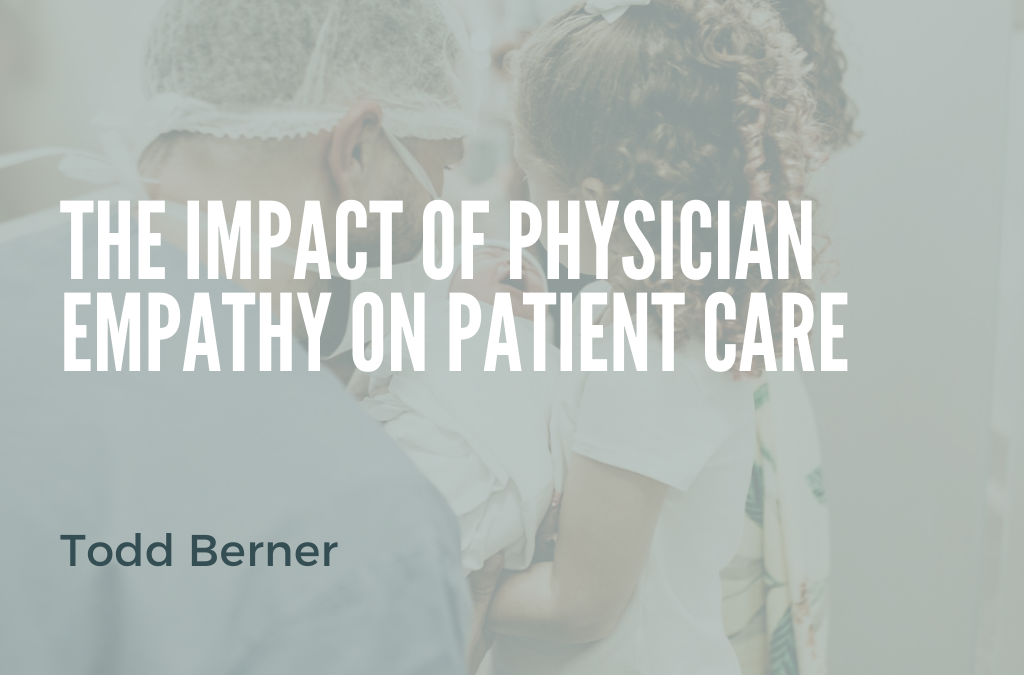The healthcare industry is continually aiming to provide a better patient experience, with doctors looking to improve their own patient-provider communication skills. Of all those skills, physician empathy reigns supreme, regardless of a lack of understanding among medical professionals. Empathy seems like a given for doctors, given their task of ensuring the improvement of patient outcomes. Unfortunately, this isn’t always the case, as empathy can get in the way of professionals looking at situations objectively. So how can doctors use empathy in a medical setting with it affecting their objectivity?
Empathy is defined as the ability to understand and share the feelings of another, but experts say the meaning may change slightly in a medical context. In healthcare, empathy is broken down into cognitive empathy and affective empathy. Cognitive empathy is a doctor’s ability to recognize their patient’s emotions and then reflect them back at the patient by considering their feelings during major healthcare decisions. Affective empathy, on the other hand, is more in line with the standard definition of empathy: when doctors internalize the emotions that their patients feel and then feel those emotions themselves. Many experts believe cognitive empathy is what’s best suited for medicine, but researchers at the University of Chicago believe that both forms of empathy should be used. One of the difficulties of this is that many providers don’t believe they can actually connect with their patients in order to develop that empathy towards them, so many choose to detach themselves in order to make it easier. Experts have begun to develop ways to build a true connection in less than a minute without taking away from quality care. These tactics center around finding common ground with patients; skills honed by nurses for years.
Patients tend to respond positively to empathy from medical professionals Many studies have found that when patients find their providers to be more empathetic, they begin feeling better faster as well as experiencing less aggressive symptoms. Of course, none of the studies suggest the patients feeling better faster is directly related to the providers showing empathy, and instead are implying that there could be ties between the two. Regardless of whether or not there is a tie, empathy is still key to a quality patient-provider relationship.
While many professionals may struggle with empathy in their practice, this doesn’t need to be the case as empathy can be taught. Many attempts to raise empathy in physicians have been effective in the past, with sixty-six percent reporting an increase in physician empathy. There is still plenty of room to grow though. Many of the studies were aimed towards medical students, who are far more impressionable than those who have been practicing for many years. By talking about empathy when would-be healthcare professionals are still in school, they get the idea ingrained into their heads, making it easier to include it in their patient care. Limited amounts of information currently exist in terms of using empathy in healthcare and teaching it to professionals, but as a need for higher patient satisfaction continues, experts may want to begin looking at how empathy can be used in a clinical setting. It’s not just a tactic; it’s the basis for everything that patient engagement efforts are built on.
